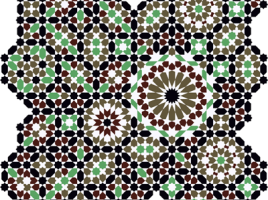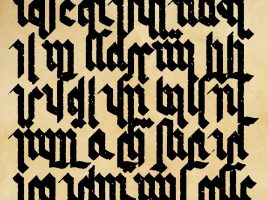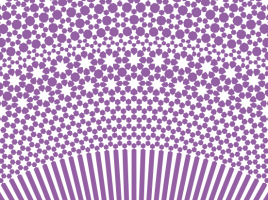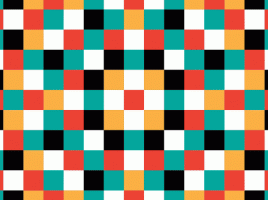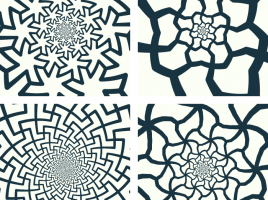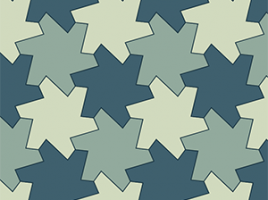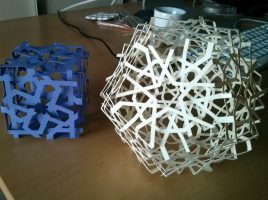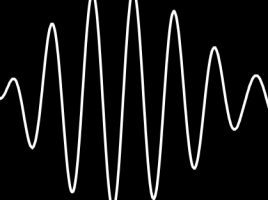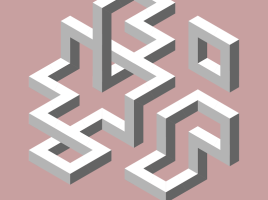
Genuary 2024
I’m currently working on a new online edition of an undergraduate course I first developed in 2014. The course is the second in a sequence of two introductory programming courses for non-majors. Our emphasis is on programming as a creative medium for art and design, so it’s only natural that …
